There’s always something special about doing something for the first time.
That combination of nervousness and excitement as you dip your toes into uncharted waters. That kind of sensation has been at the forefront of my mind as I navigate my first Sundance Film Festival. After seven days, I’ve watched twenty-one movies from all around the world, provided consistent 2021 Sundance Film Festival coverage, and used virtual tools to socially interact with other attendees. It’s all made for a whirlwind of a week, but also one that I know I’ll treasure forever.
Sundance includes an award ceremony, which hands out awards to various types of films; such as foreign-language films, documentaries, and American narrative movies. The most prominent of these winners was the film that kicked off the festival, CODA. Sian Heder’s newest feature already scored a record-breaking $25 million distribution deal with Apple TV+ over the past weekend; further cementing its reputation with a streak of prizes, including US Dramatic Grand Jury Prize and US Dramatic Audience Award.
If I had a quibble with these awards, I would say that I wished to see greater variety in the films that got major prizes.
In years past, such as 2019, different films won the Dramatic Audience Award and Grand Jury Prize; thus allowing more movies to get the sort of clout that comes with a Sundance Award. CODA sweeping everything felt like it deprived a chance for other movies to get their time in the spotlight. At least the exceptional Hive took home high-profile awards in the World Cinema category.
Being able to watch this ceremony live and recognize the lion’s share of the nominees was a treat. In terms of my Sundance experiences, the best were when where I connected with other people. Excitedly talking about excellent Sundance movies or breaking down flawed entries on social media wasn’t a 1:1 experience with face-to-face interactions, sure. But it reminded me how much of the fun of movies is how they bring us together. The human qualities of cinema are what make this such an essential artform. It was a privilege and an honor to be reminded of that constantly at this year’s Sundance Film Festival.
While the festival itself may be in the rear-view mirror, there are still seven movies to talk about! So, let’s wrap up this year’s Sundance Film Festival coverage with the final seven bite-sized reviews!
This article contains spoilers.
TRY HARDER!
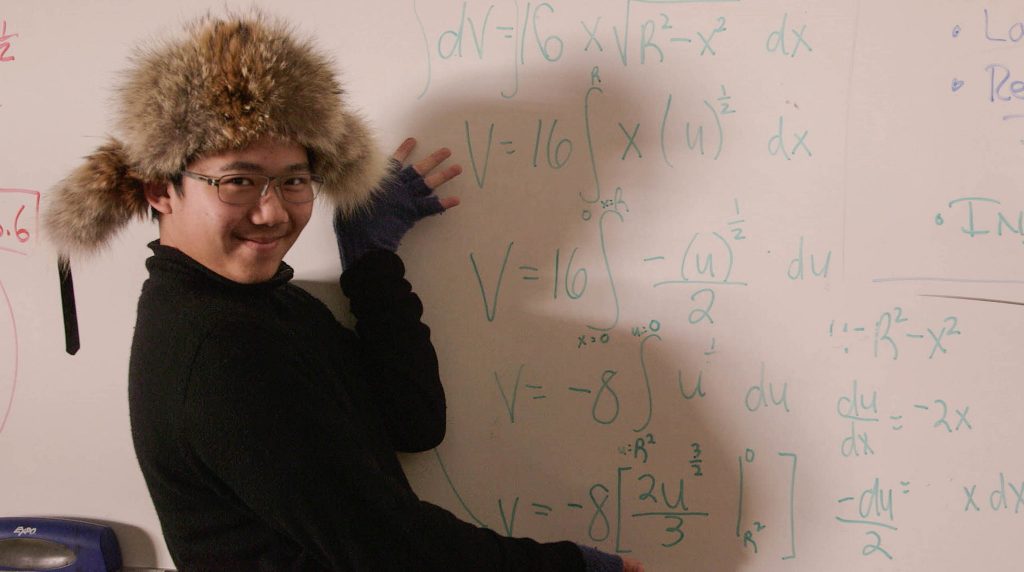
For the students of Lowell High School in California, life begins and ends with your GPA. For four years, they work tirelessly in one of the best high schools in the nation to try and get into the colleges of their dreams. Director Debbie Lum follows an assortment of these students over their senior year as they dedicate themselves primarily to academic pursuits. Everyone’s giving their A-effort, but there’s only so many openings at the most prestigious colleges. Not everyone can get in and that means some of this work is going to result in heartbreak.
The most profound moments of Try Harder! come about totally by accident. In interview segments, these high school seniors offer up surprisingly introspective observations on defining yourself by just your grades. Particularly impactful is one student who, in the wake of getting rejected from a college, wistfully notes that people constantly must work all through high school, college, and an adult job just to get to whatever the next stage of life is.
“That doesn’t leave a lot of time for happiness,” the wise-beyond-his-years student concludes.
It’s a devastating moment, but it’s hard to tell if it reflects the central thesis of Try Harder! Lum’s filmmaking is taking a detached observational gaze at the students at Lowell High School. It has its advantages, but does leave one wondering at the end what point the movie is trying to make. Is it pro-students working this hard? Is it a reflection on the challenges of defining yourself solely by academic pursuits? It’s hard to parse out and digging deeper into a specific perspective could have helped the documentary stand out more.
Still, there are enough emotionally-affecting moments, like any scenes capturing students learning in real-time they got accepted into a college, to make Try Harder! a pleasant watch.
NIGHT OF THE KINGS
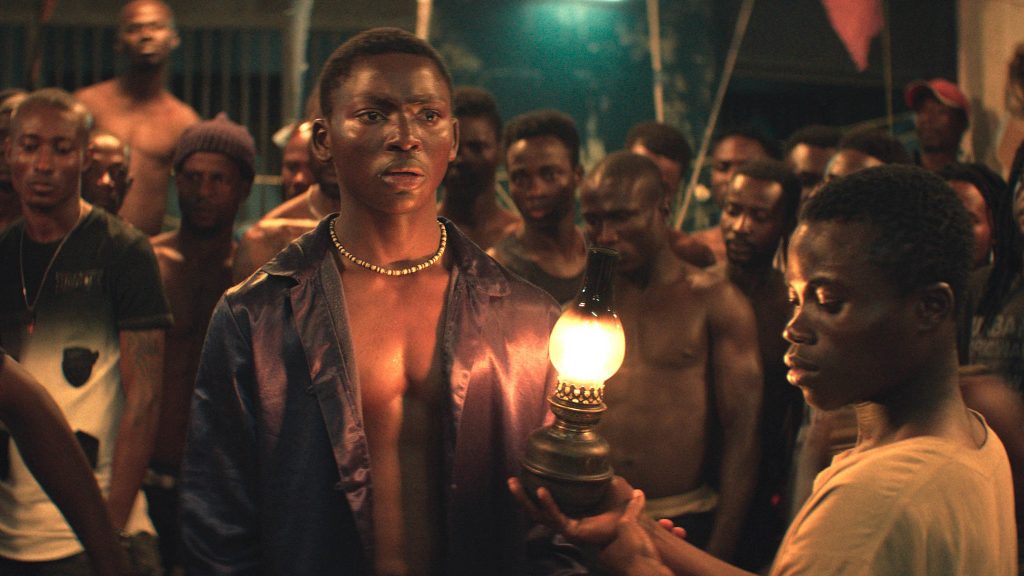
It’s impossible to count how many movies have recounted the importance of stories. But how many of them depict stories being all that separates life and death? That’s the circumstance befalling a new prisoner, Roman (Bakary Koné), who has just landed in the MACA prison in Abidjan. In this prison, a warden doesn’t hold all the power; but rather, a prisoner by the name of Blackbeard (Steve Tientcheu). Upon seeing Roman, Blackbeard deems him the new storyteller for the whole prison. If he doesn’t embrace his new position, Roman won’t live to see the morning.
Now, Roman is stuck telling a story to the entire prison while dealing with the threat that he may not survive the night. Said story is a fantastical piece that, as one prisoner points out, is full of contradictory elements; like the protagonist being born in an ancient kingdom yet somehow only dying a week prior.
The mixture of numerous periods is one of many fascinating visual details that writer-director Philippe Lacôte imbues into Roman’s tale.
His bravura visual sensibilities also mean that the yarn is full of intriguingly bold visuals; such as a duel between two people who can transform into animals.
Such an elaborate story makes for a vivid contrast with Roman’s MACA backdrop, which Lacôte effectively turns into a whole world itself. Every corner of this place reverberates with a sense of history, as do each of the distinctive prisoners. It isn’t just Roman who has a story to tell here. So many of the sets and characters in Night of the Kings suggest experiences that could sustain their own standalone movie. With so many details to absorb, the film’s runtime flies right by. I’m not sure if it’s quite worthy of being deemed cinematic royalty, but Night of the Kings is still a boldly-rendered vision worth your attention.
THE DOG WHO WOULDN’T BE QUIET
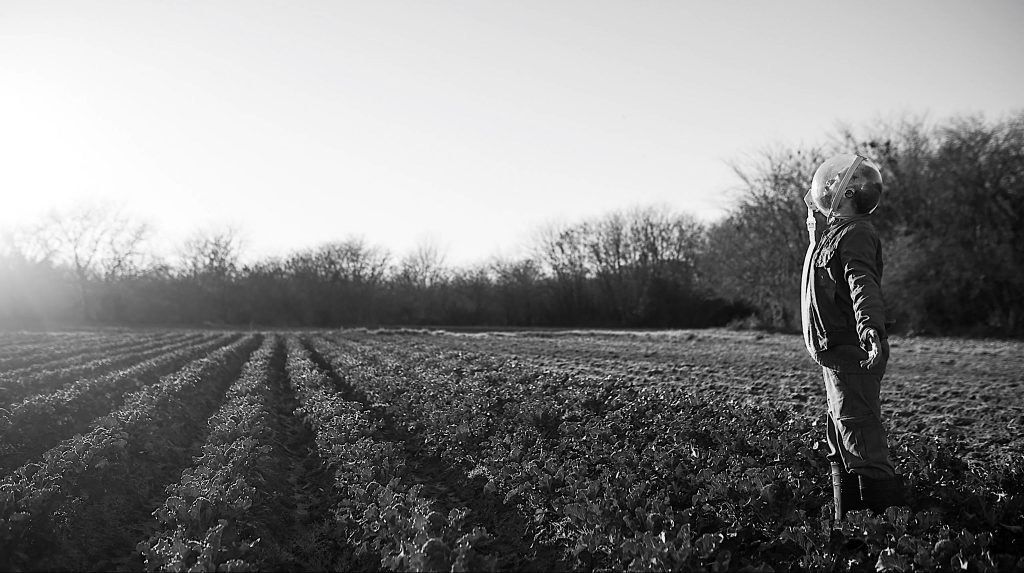
The Dog Who Wouldn’t Be Quiet doesn’t spend much time with its titular canine. Protaganist Sebastian (Daniel Katz) loses his pet dog early on. It’s one of many unfortunate circumstances to befall Sebastian over the course of this Ana Katz directorial effort. The story is split over various parts of Sebastian’s life and finds him quietly enduring in the face of everything from struggling to garner employment to adjusting to fatherhood to even enduring a pandemic.
The niftiest part about The Dog Who Wouldn’t Be Quiet is how it gets around conveying big events on a budget-conscious level. When it comes time to show the protagonist engaging in an elaborate funeral for his dog or a big comet hitting Earth, the film resorts to rendering these moments through scraggly illustrations. They’re also occasionally used to signify when the story is shifting over to a new time period.
It’s the best example of The Dog Who Wouldn’t Be Quiet’s unique creative instincts.
Unfortunately, too much of the production doesn’t resonate as either particularly engaging or even super unorthodox. Part of the problem is that The Dog Who Wouldn’t Be Quiet is an unfortunate example of a subdued movie that doesn’t have enough dramatic justification for its restrained atmosphere. Great movies use this kind of atmosphere to convey an unforgettable mood or thoughts on specific sociopolitical issues. The Dog Who Wouldn’t Be Quiet just doesn’t have anything to offer beyond minimal dialogue and little on-screen action. It’s all a flashy black-and-white surface but disappointingly little going on inside.
Anna Katz shows enough bold tendencies in her writing and directing in The Dog Who Wouldn’t Be Quiet to make me curious about where she goes next as a filmmaker. As for the film she’s delivered here and now, The Dog Who Wouldn’t Be Quiet just doesn’t engage either the heart or mind.
LAND
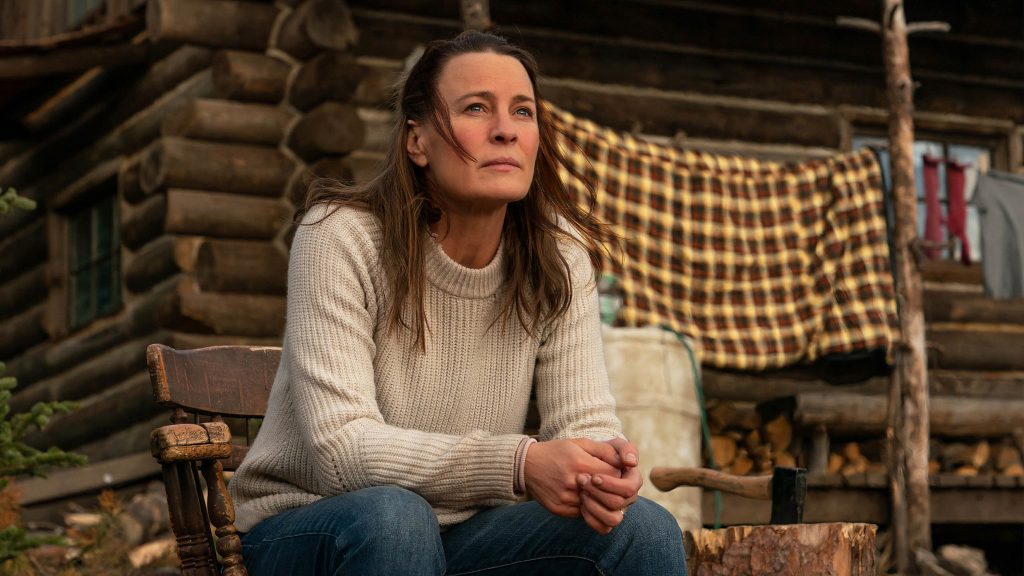
Edee Mathis (Robin Wright) is looking to escape. As Land begins, we see her leave everything behind and move into a cabin in the remote Wyoming wilderness. In the wake of a personal tragedy, all Edee wants is to escape a world she feels detached from. She befriends a stranger named Miguel (Demian Bichir), who teaches her valuable lessons related to hunting and surviving in the wilderness. In the process, Edee is forced to confront what it means to move beyond the past and live for the future.
Land is a perfectly serviceable movie that would have been even better if the script by Jesse Chatham and Erin Dignam didn’t do quite as much hand-holding. The first-third of Land especially suffers from this quality. There’s a the section of the story where Robin Wright (who also directs Land) is doing her own I Am Legend/Cast Away routine in the unforgiving wilderness. Wright is a good enough actor to not need any other performers to keep our attention. But Catham and Dignam keep giving her ham-fisted dialogue like “This isn’t working”; which could be more interestingly conveyed in subtler means.
If you’re going to go this restrained, trust your actors to carry the subdued proceedings.
Don’t saddle with them dialogue that practically shoves you in the ribs. Things improve when Miguel appears and the story shifts from a survival thriller to a hangout movie that just happens to be set in the wilderness. The sporadically obvious dialogue is still an issue and there are one too many overly convenient storytelling details. However, it’s nice that the script allows Land to just be about two people forming a friendship in the wilderness. They hunt, sing eighties tunes, chip away at walls keeping them from talking about their respective pasts.
It’s all nicely low-key and plays to the strengths of the film’s talented lead actors. Wright also shows a deft hand in capturing these scenes as she appropriately refrains from getting too flashy and distracting from the intimate nature of these interactions. It also helps that the second-half of Land frequently feature an adorable husky, a positive trait in any movie. Land doesn’t offer up that much beyond some pretty scenery and two amiable lead performances. But the scenery sure is pretty and those performances do end up being affable. If you like either Wright or Bichir, Land will make for an agreeable viewing; though, unlike a prickly piece of foliage that gets trapped on your shoe, it won’t stick with you.
JOCKEY
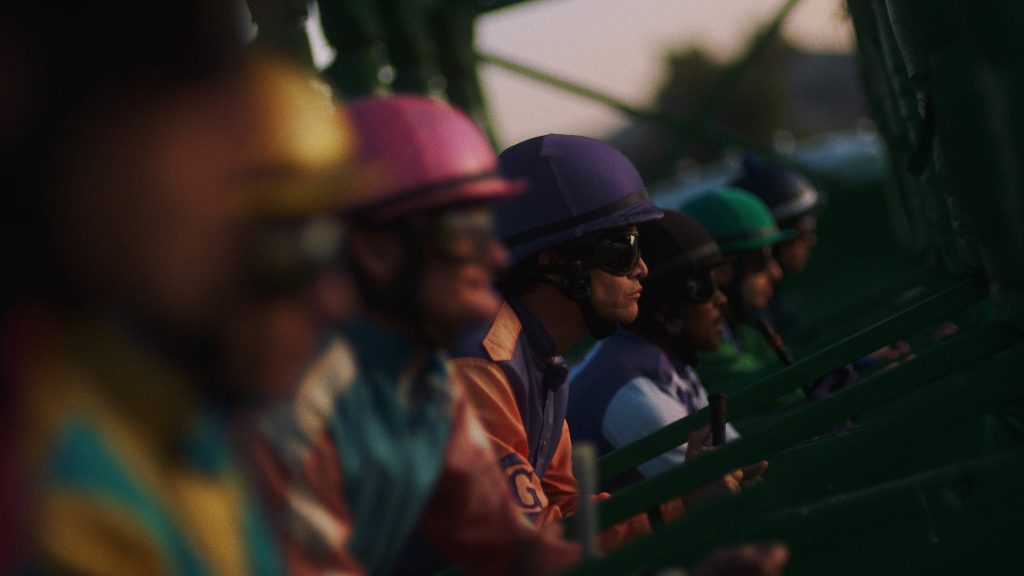
I never thought about it before watching Jockey, but being a jockey is a dangerous profession. Just ask Jackson (Clifton Collins Jr.), a middle-aged jockey who has been through the wringer as a rider. While confronting the fact that he may not have all that much time left in the profession that he’s dedicated his life to, Jackson has just been dealt another bombshell: he’s got a son. Fellow jockey Gabriel (Moisés Arias) has revealed that he’s the son Jackson never knew he had. Although initially hesitant to the idea of having a kid, Jackson decides to take Gabriel under his wing just as he decides to try riding a new horse while facing daunting health challenges.
Much like Michael Stuhlbarg in A Serious Man or Michael Shannon in Take Shelter, Jockey is a chance for a great character to inhabit the part of a leading man. In this case, it’s Clifton Collin Jr. who gets to take on the reins of a protagonist; a role he’s more ready for. Collins Jr. has always had a gift for slipping into roles with a convincing nature and he lends that same quality to Jackson. The moment he steps on-screen, Collins Jr. makes it believable that Jackson’s both been run-down by and committed to the jockey profession. Even when the script indulges in familiar manifestations of Jackson’s glib demeanor, Collins Jr.’s internal conviction conflicting with external wear-and-tear helps paper over the cracks.
That performance anchors a movie whose quiet nature is one of its best qualities.
To reflect how much Jackson has become accustomed to just living with medical irregularities, writer-director Clint Bentley frames events like Jackson not being able to feel the left side of his body with a nonchalant quality. It’s an approach that matches the character’s worldview but also manages to not undercut the seriousness of Jackson’s predicament. It’s a fine balance to pull off, but one that Bentley executes quite deftly. The father/son relationship between Jackson and Gabriel is another complex detail in Jockey that’s also handled with welcome grace.
These intricate matters of Jackson’s day-to-day life are filmed through a style of camerawork that makes the grit and dirt of Jackson’s job tangible. You can practically feel the rust on the gates Jackson leans on or smell the dirt that the horses are running around in. Making Jackson’s life so visually palpable is a chief way Jockey gets viewers to successfully contemplate the life of a jockey like they never have before.
HIVE
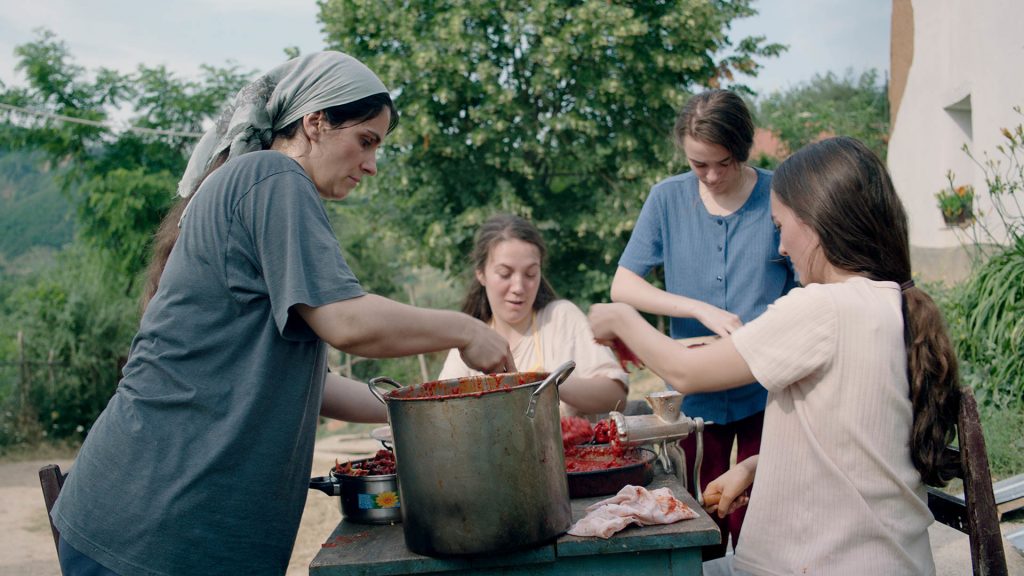
For many families in a town in the state of Kosovo, the wounds of the past keep on hurting. Years earlier, during the Kosovo War, many people were kidnapped from this town, never to be seen again. Though the war has ended, many of the kidnapped have still not reappeared, either as corpses or alive. For Fahrije (Yilka Gashe), whose husband was kidnapped, it becomes apparent what she must do. She can’t just sit and wait for her significant other to return. She starts up her honey business, gets her driver’s license, and takes control of her life and her future.
This doesn’t sit well with the local community, which has extremely strict ideas about what women can and can’t do. Those patriarchal perceptions drive most of the conflict throughout Hive. The term could refer to the hive-mentality general society has about the capabilities of women. Whether it’s dudes at a local café who are so disgusted by Fahrije driving that they throw a brick through her car window or a grocer who tries to sexually assault her, men in this town don’t see Fahrije as a person but as someone who should bend to their will.
That Martin Scorsese quote — notably used in Bong Joon-ho’s 2020 Best Director acceptance speech — about how “the most universal art is the most personal” applies splendidly to Hive.
Its depiction of gender-based woes are rooted in experiences specific to Kosovo; as are the geopolitical factors that have spurred the kidnapping of innocent villagers. But neither misogyny nor long-term anguish are problems limited just to this state. Writer-director Blerta Basholli uses specific details of these circumstances to create a story that can resonate anywhere.
This is made possible by her striking depictions of Fahrije struggling to get her honey business off the ground in the face of too many obstacles to count. It’s an underdog story that dovetails into a story of navigating enormous loss; with both elements brought to life in such detailed character-based poignancy. In particular, the complicated relationship between Fahrije and her daughter, the latter of whom still believes her father will undoubtedly come back, is especially well-realized and emphasizes the kind of intimate hurdles Fahrije has to go through to get her ambitions off the ground.
Hive is an excellently-told tale about how human beings navigate creating a future while immersed in the fog of the past.
THE WORLD TO COME
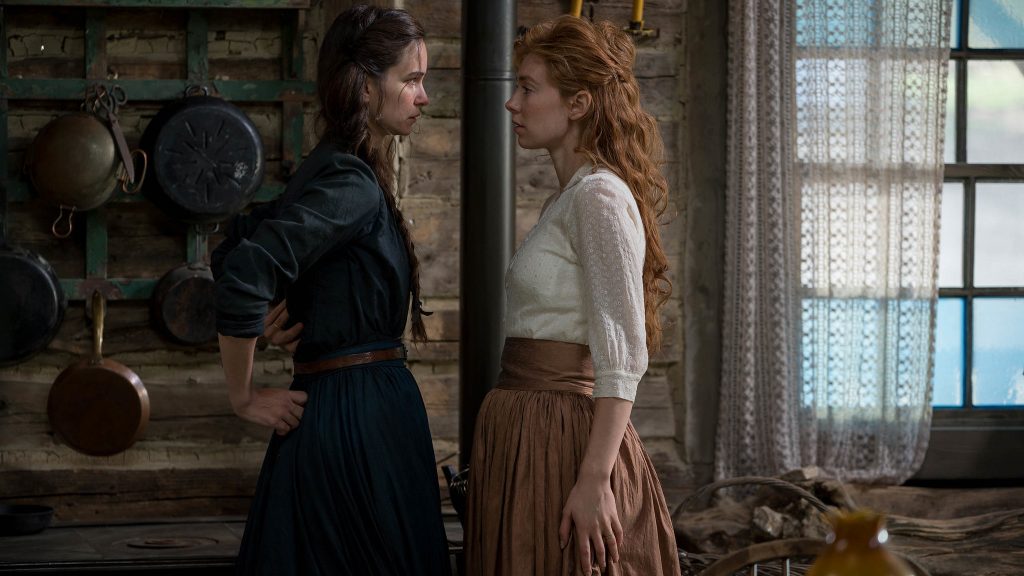
Life in the mid-nineteenth century isn’t all it’s cracked up to be. No electricity, no internet, no outlets for queer expression. These are just some of the struggles facing Abigail (Katherine Waterston), who spends her day living out a quiet but unfulfilling existence being the wife of farmer Dyer (Casey Affleck). A spark of rejuvenation comes into play when Abigail and Dyer get new neighbors, Finny (Christopher Abbott) and Tally (Vanessa Kirby). Tally and Abigail develop a new bond that quickly turns romantic. This relationship allows both to flourish as people; though, of course, it’ll be difficult for their romance to endure in this era.
One of the absolute best traits of Abigail and Tally’s romance is how screenwriters Ron Hansen and Jim Shepard (the latter adapting his book of the same name) allow the pair to be just dorky in their affection for one another. “Can I read you an opening stanza I just wrote?” Tally excitedly chortles to Abigail at one point shortly after Tally is just twirling Abigail’s hair in the afternoon sun. Meanwhile, one of Abigail’s biggest romantic lines to Tally, delivered right after they first kiss, is “You smell like a biscuit!”
So often, queer women in cinema are framed through a prism of glossy perfection that’s designed to exclusively titillate the male gaze.
Through emphasizing the imperfect qualities of Abigail and Tally’s rapport, the two characters serve as both a rebuke of that kind of representation as well just endearing human beings in their own right. With such an authentic nature imbued into the leads of The World to Come, the romance central to the story becomes impossible not to get wrapped up in. That romance is aided by Abigail lending rampant narration to The World to Come, which conveys all of her unspoken passions in enchantingly vibrant terms.
It isn’t just through spoken words that Abigail and Tally’s affections are realized so lovingly. Director Mona Fastvold frames the two characters with such warmth even in their most subdued moments. Her filmmaking also finds such interesting ways to visually unite these two lovers. There’s a shot capturing both Abigail in her own kitchen and Tilly outside that quietly conveys how, even when they’re apart, these two can’t stop thinking about each other. A scene of them chilling under a tree together makes great use of bright sunlight; one of the few instances in The World to Come where it feels like the sun has fended off the clouds.
The loving visual approach for Abigail and Tally’s relationship makes for a dynamic contrast with the rest of the movie.
The World to Come frames the world Abigail and Tally inhabit as one of unrelenting turmoil. Blizzards and other natural disasters make the physical world hard to process; with Abigail’s evocative word choices in the narration only accentuating the misery of this existence. Even quiet times indoors with their husbands are filled with crushing unfulfillment.
But in Abigail and Tally’s time together, Fastvold captures a sense of unbridled joy . The transportive nature of their relationship is reflected in creative ways throughout the film; including in the culmination of The World to Come’s decision to reflect what day it is through on-screen text. It’s also reflected through Daniel Blumberg’s lusciously vivid score, which makes memorable use of instruments like clarinets that you don’t normally hear in period pieces set in this era.
Between the music, direction, and writing, The World to Come is already an intimately engaging production. The fact that Waterston and Kirby deliver a pair of superb performances is like a cherry on top of a stirring endeavor. Waterston especially proves impressive thanks to her excellent line deliveries in her narration. Meanwhile, Kirby waltzes into the movie with such confident vigor that the viewer, much like Abigail, can’t take their eyes off her. Life in the mid-19th-century was enormously difficult. But The World to Come creates engrossing storytelling not just through capturing that turmoil but in presenting a romance that serves as a passionate oasis from all that anguish.
Douglas Laman is a freelance writer providing Sundance Film Festival coverage for Offcultured.
Header: The World to Come (Courtesy of Sundance Institute | photo by Vlad Cioplea)
